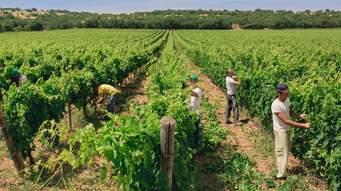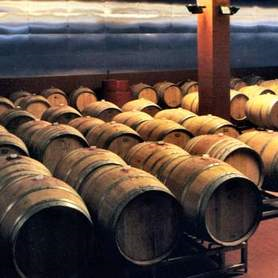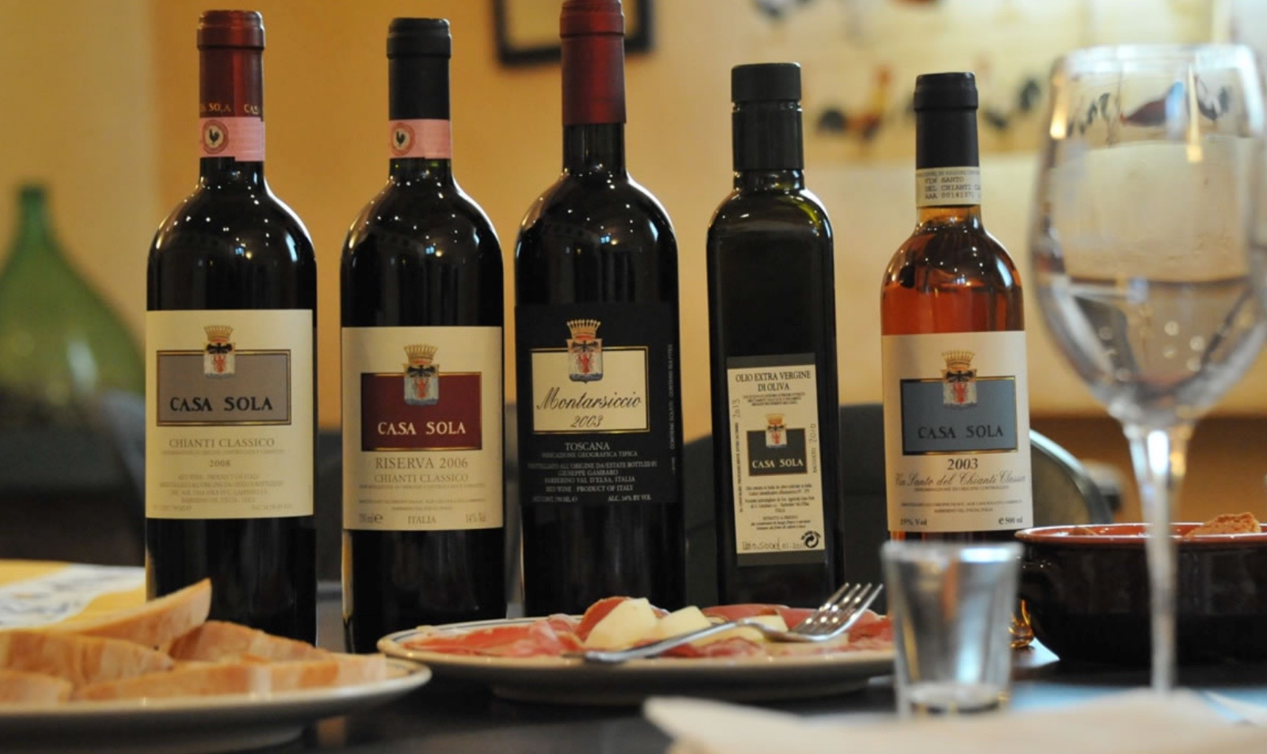Bumper Grape Harvest Brings Outstanding Wine
ROME -- No need to be a connoisseur to know that Italy's grape harvests are often exceptional, but this year's is particularly outstanding. For 2018 the wine harvest throughout the country, which generally begins in September and continues through mid-October, has risen by 21% over last year's, thanks to the unusual combination of abundant summer rains and sunshine . The enologists are gloating not only about the boost in quantity, but, more importantly, about the exceptional quality of the grapes, based upon their analysis of the first 15% produced.
According to the financial daily Il Sole 24 Ore, in its best year since 1999 Italy has returned to its former role as leader in European wine production, with 55 million hectoliters. Predictions are that the whites will best the reds "because the abundant humidity has eliminated the skins before fermentation and the reds' skins were often damaged. Even production in France and Spain is below Italy's, whose industry earns the country E 3.5 billion ($4.1 billion).
Perhaps not coincidentally, accompanying these assurances of a bounty vintage year comes an amazing upsurge in wine tourism. According to the Italian vintners' association Assoenologi, since 2011 wine tourism throughout the country has grown by 25% and continues to grow, now approaching 14 million, above the European median. Some 12,000 wineries are specially prepared for visits by the public while almost twice that are open for direct sales to customers. At Montalcino the upward surge of tourist visits -- Russians, Chinese, Germans and Americans -- was by a stunning 125% and, in and around Chianti, by 35% over the past five years.
Such visits may begin in the fields where grapes are grown, then proceed to the area of experimental micro-vinification, and on to the barricaia (in French, barrique) where the wine barrels are stored, often for many years, while the wines ripen. At the end of the tour comes the tasting, accompanied on some tours by a banquet. An example: a car service organizes a Chianti Wine Tour that begins in Florence and then moves on to Greve in Chianti, where visitors tour a 200-year-old butcher's shop that sells, among other things, salami, wild boar ham and that favorite (of mine) local cheese pecorino. This is only the beginning, needless to say; the tour ends in San Gimignano. (For details of this tour -- and of course there are others -- see: >>).
If this is an example of a comfy tour by mini-bus, some visitors like to make a slow tour of wineries, one a day, by bicycle. Dozens of special cycling routes through the wine country have evolved and are popular, including in Tuscan Chianti country, where olive oil tastings as well as light luncheons of local specialties often accompany the wine sippings. Whereas a cycling tour may take days, quicker tours, with a talk about the philosophy of making wine, are also readily found on the internet.
Wine production in the Lazio Region in Central Italy is definitely on a smaller scale, but today 22,000 hectares here are devoted to grapes, and the quality in recent years has notably improved. Lazio wines now account for 3% of the whole, well below the quota in Tuscany, but nevertheless bringing earnings of $130 million.
I have personally always favored the wines produced in the Alto Adige, where some of the vineyards are so steep that, when the snow melts and brings down some of the earth, vintners must trek the earth back up the terraced slopes, not by truck, but by hand. Advertisers there boast that their is the best of both worlds, "a perfect balance of Alpine air and Mediterreanean sun." Favorites there are Gewurztraminer, Sylvaner, Muller-Thurgau, Kerner, Vellier and Riesling. What we simpletons call simply "Gewurz" is spicy and named for the town called Tramin. Among these whites are also world-known varieties like Pinot and Chardonnay. The local reds are Schiava and Lagrein, but here too the better known international varieties like Cabernet Sauvignon and Pinot Noir are also found.






































i-Italy
Facebook
Google+
This work may not be reproduced, in whole or in part, without prior written permission.
Questo lavoro non può essere riprodotto, in tutto o in parte, senza permesso scritto.